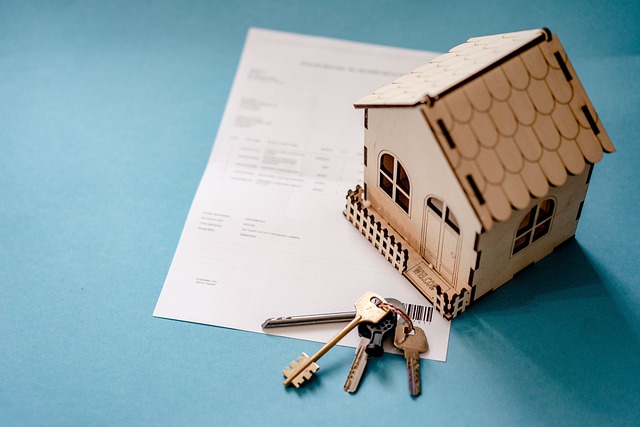Car title loan default patterns highlight financial struggles of borrowers with poor credit due to limited income, unstable employment, and unexpected emergencies. High default rates in urban centers like Fort Worth are driven by short-term loan nature. Key strategies for lenders include flexible repayment options, financial counseling, and strategic term setting based on thorough borrower assessments to mitigate risks and support sustainable repayments tailored to bad credit borrowers' needs.
“The car title loan default rate among bad credit borrowers is a growing concern, with high-interest rates and strict terms often leading to financial strain. This article delves into understanding the patterns of car title loan defaults, exploring factors that contribute to these concerning rates. We also offer practical strategies for lenders and borrowers alike to mitigate risk and improve repayment outcomes. By examining these key areas, we aim to provide insights into managing and reducing car title loan defaults.”
- Understanding Car Title Loan Default Patterns
- Factors Contributing to High Default Rates
- Strategies to Mitigate Risk and Improve Repayment
Understanding Car Title Loan Default Patterns

Car title loan default patterns offer valuable insights into the financial struggles of borrowers with poor credit. In many cases, high default rates are attributed to the unique risks associated with this type of secured lending. Borrowers often face challenging circumstances, including limited income, unstable employment, or unexpected financial emergencies, making it difficult to repay the short-term loan within the specified timeframe. These factors contribute to a higher likelihood of defaulting on Car title loans in Fort Worth and similar urban centers.
Understanding these default patterns is crucial when considering Loan Terms and Interest Rates. Lenders can employ strategic measures, such as offering flexible repayment options or providing financial counseling services, to mitigate risks and support borrowers’ efforts to overcome short-term financial hurdles. By analyzing default trends, they can tailor their services to meet the needs of Bad Credit Borrowers while ensuring sustainable loan repayments.
Factors Contributing to High Default Rates

Several factors contribute to the high default rates among bad credit borrowers when it comes to car title loans. One significant factor is the inherent risk associated with offering unsecured loans to individuals with poor credit history. Bad credit borrowers often struggle with financial stability and may lack the means to consistently make timely loan repayments. Additionally, these individuals might be more susceptible to unforeseen circumstances such as job loss or medical emergencies, which can disrupt their repayment capabilities.
Another crucial aspect is the structure of car title loans themselves. The title loan process allows lenders to seize and sell the borrower’s vehicle if they fail to repay the loan on time. This high-stakes nature can lead to borrowers taking on loan terms that are overly burdensome, making it more probable that they will default. Furthermore, borrowers may be incentivized to take out larger loans than they can afford in hopes of keeping their vehicles, which only exacerbates the risk of default if financial difficulties arise.
Strategies to Mitigate Risk and Improve Repayment

Mitigating risk and enhancing repayment are key strategies to combat high car title loan default rates among borrowers with bad credit. One effective approach is to ensure comprehensive loan requirements, including thorough vehicle ownership verifications and detailed financial assessments. By evaluating both the collateral (the vehicle) and the borrower’s financial health, lenders can make more informed decisions. This reduces the likelihood of extending loans that may strain the borrower’s ability to repay.
Dallas Title Loans, for instance, have seen success in this regard by implementing strict yet fair loan requirements. They thoroughly inspect the condition and value of vehicles to determine reasonable loan amounts, ensuring borrowers aren’t burdened with excessive debt. Additionally, offering flexible repayment plans tailored to individual financial capacities can significantly improve default rates. This customer-centric approach not only fosters trust but also encourages responsible borrowing, ultimately leading to better repayment outcomes.
Car title loan default rates among borrowers with bad credit highlight a complex interplay of financial strain and access to short-term funding. By understanding the factors driving these defaults, lenders can implement strategies to mitigate risk and offer more sustainable repayment options. This approach not only protects lenders but also ensures that individuals with limited financial resources have access to much-needed capital without facing the long-term consequences of default. Addressing car title loan default patterns is crucial for fostering a fair and accessible lending landscape.






